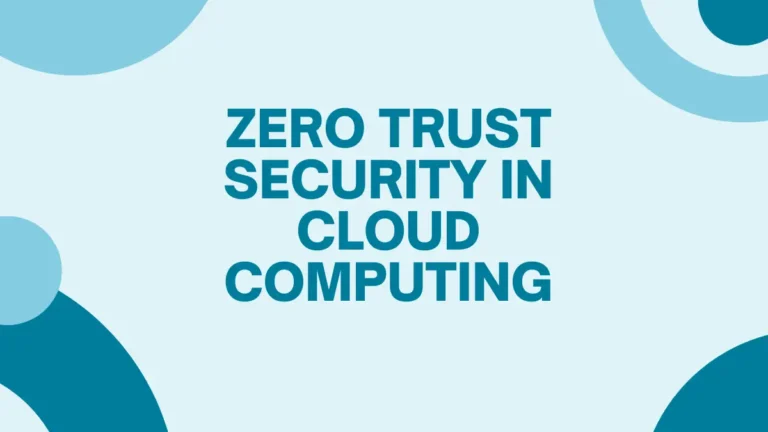Cloud migration is the process of moving data, applications, and other business elements from an on-premise environment to a cloud computing service. This shift in IT infrastructure has become increasingly popular as organizations look for ways to reduce costs, improve scalability and increase efficiencies.
There are five primary strategies that businesses use when migrating their operations to the cloud: Lift and Shift, Rehosting/Replatforming, Refactoring/Repurposing, Rewriting/Rebuilding, and Hybrid Cloud Migration. Each approach offers distinct advantages depending on the complexity of your system architecture and existing applications. In this blog post, we will explore each strategy in detail so you can determine which one best fits your organization’s needs.
If you’re new to cloud migration, start with our comprehensive guide: Cloud Migration Challenges to understand the full scope of the migration journey.
What is Cloud Migration?
Cloud migration is the process of moving data, applications, and other business elements to a cloud computing service. This shift in IT infrastructure enables companies to reduce costs, improve scalability and increase efficiencies. Cloud migration can involve anything from migrating entire data centers to specific applications and workloads. Organizations use the cloud for various tasks such as web hosting, storing data, or running complex software solutions. By making this transition to a cloud environment, organizations can benefit from faster deployments, improved reliability, and scalability, as well as reduced overhead costs associated with equipment maintenance.
Importance of Cloud Migration for Businesses
Cloud migration is becoming increasingly popular with businesses of all sizes due to the numerous cost and scalability benefits it offers. The cloud allows companies to access an expansive array of computing resources without having to purchase or maintain their hardware. This translates into significant savings in both capital and operational costs.
Businesses can also reduce their IT overhead by freeing up staff from managing physical infrastructure and instead allowing them to focus on meaningful tasks that bring value to the company. Additionally, cloud computing provides organizations with improved flexibility for scaling their operations up or down as needed, eliminating the need for expensive investments in hardware during periods of high usage.
Advantages of Having a Solid Cloud Migration Strategy
Having a well-defined and comprehensive strategy for migrating to the cloud can help organizations optimize their operations and maximize the cost savings associated with this transition. A solid cloud migration strategy should include an assessment of existing IT infrastructure, a risk analysis, and a clear timeline for completing the project. Additionally, it should specify which applications or services will be migrated first, as well as how they will be tested to ensure a successful transition.
What Are the 5 Cloud Migration Strategies?
1) Lift and Shift: With this strategy, organizations move their existing on-premise application stack directly into the cloud without any modifications. This allows organizations to quickly migrate their workloads and applications with minimal effort. The downside is that this strategy does not take advantage of the flexibility and scalability of cloud services, as the application code remains unchanged.
2) Rehosting/Replatforming: Also referred to as “lift and shift 2.0” or “cloud-enablement”, this approach involves repackaging existing on-premises applications into a cloud-compatible format such as containers. It provides more control over how workloads are deployed in the cloud but requires more upfront investment than lift and shift approaches.
3) Refactoring/Repurposing: This strategy involves restructuring existing code to take advantage of the cloud’s native capabilities. It involves more extensive code changes and can take longer to implement but allows organizations to benefit from improved scalability, cost savings, and enhanced performance.
4) Rewriting/Rebuilding: This approach involves completely rewriting existing applications or creating entirely new ones that are built specifically for the cloud. It offers maximum flexibility but is also very time-consuming and expensive.
5) Hybrid Cloud Migration: This is a combination of two or more of the above strategies depending on an organization’s specific needs. With this approach, businesses will migrate some workloads using one strategy and others with another to maximize the benefits offered by each one.
I Failed to Migrate to the Cloud, Is My Business at Risk?
Migrating to the cloud can be a complicated process, and it’s not uncommon for organizations to encounter difficulties along the way. However, businesses that fail to migrate their applications and workloads to the cloud are at risk of losing out on cost savings as well as missing out on opportunities for improved performance and scalability. Organizations should develop a clear plan with detailed steps to ensure a successful migration. In addition, they should consider working with an experienced third-party provider who can help them navigate the complexities of cloud migrations and ensure that all requirements are met.
In conclusion, migrating to the cloud is becoming increasingly important for businesses of all sizes due to its numerous advantages. A thorough understanding of different strategies is essential to develop a successful cloud migration plan that meets an organization’s specific needs. It is also important to note that the process can be complicated and organizations should consider working with an experienced provider for guidance and support. With a solid strategy in place, businesses can migrate their workloads successfully, reaping the many benefits of cloud computing.




